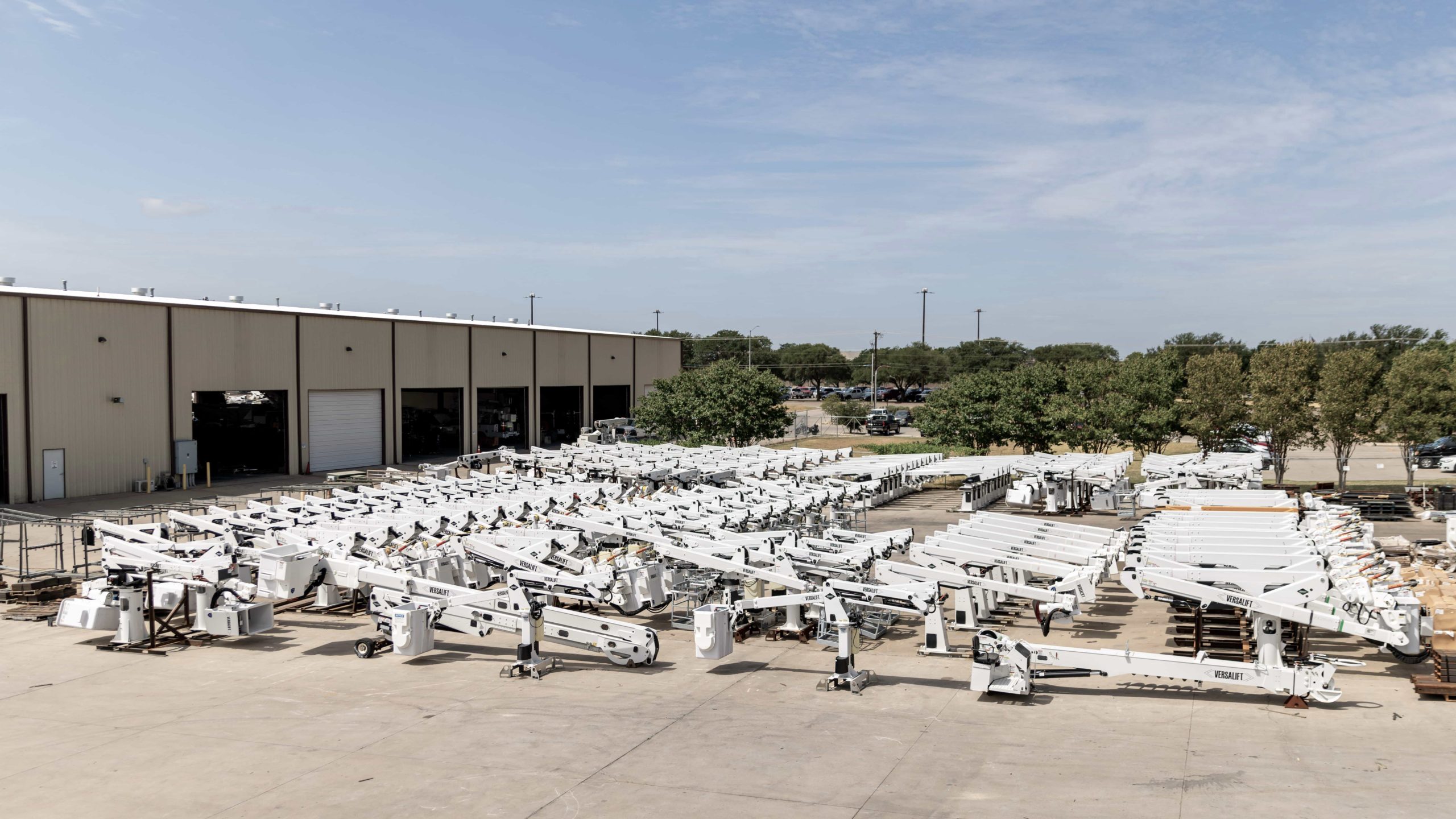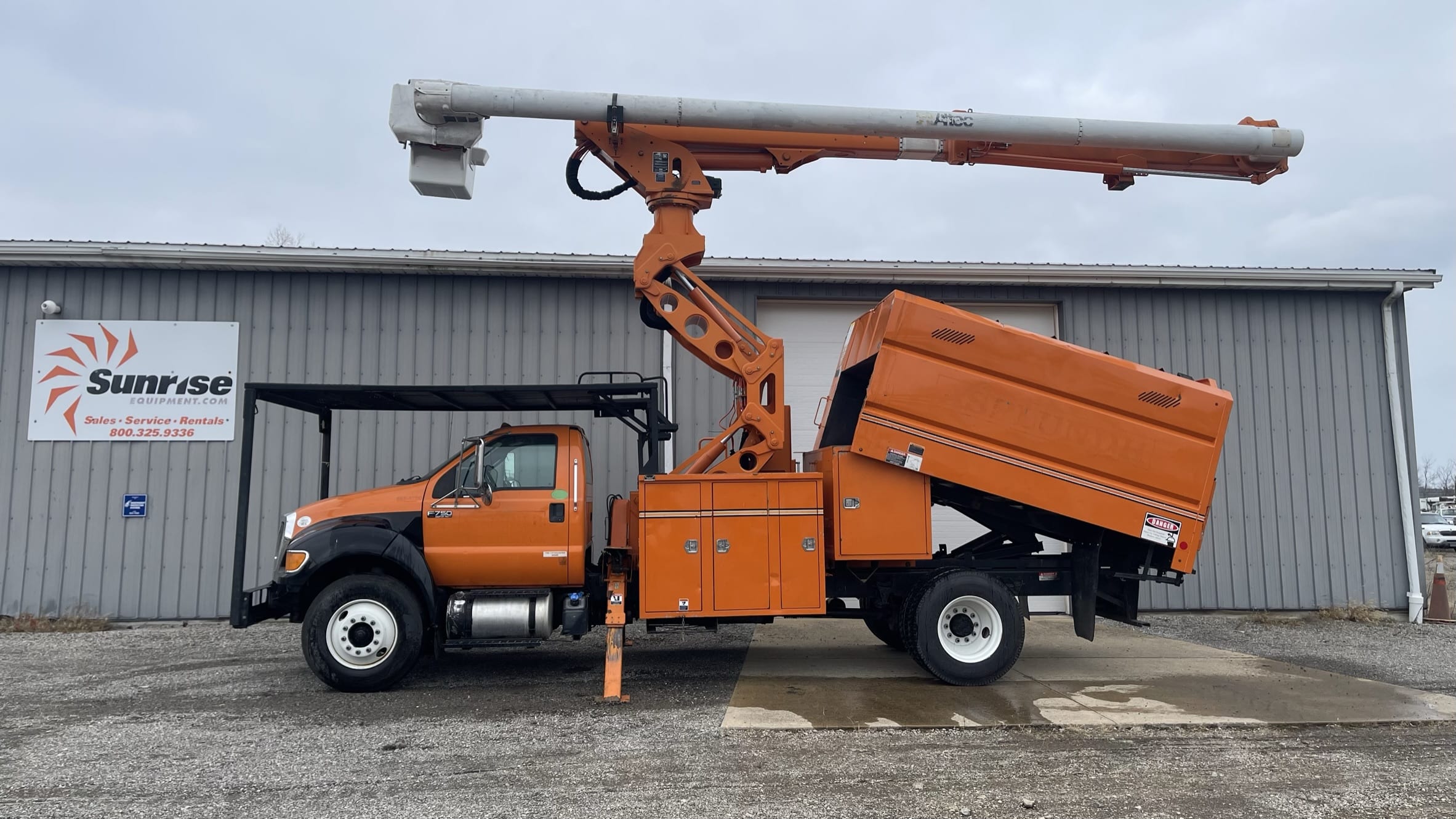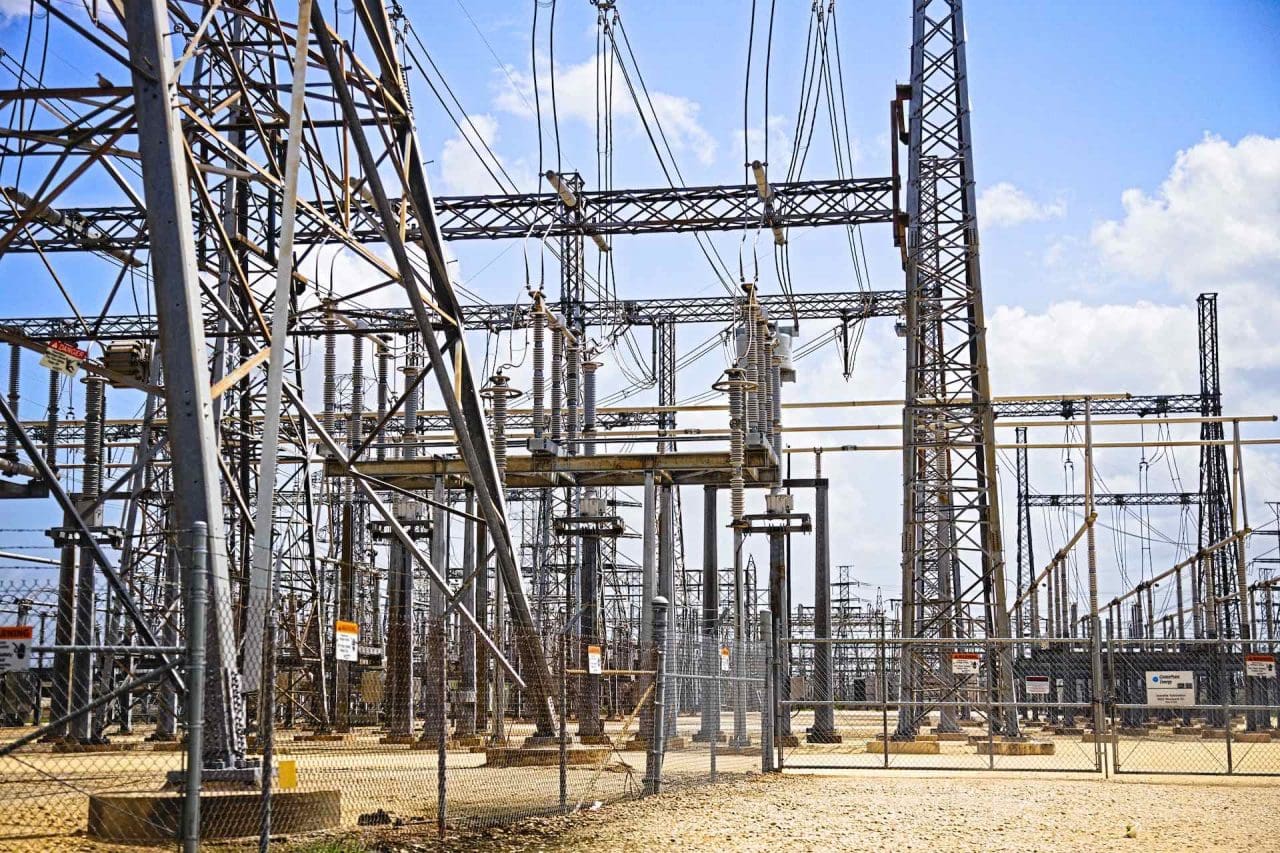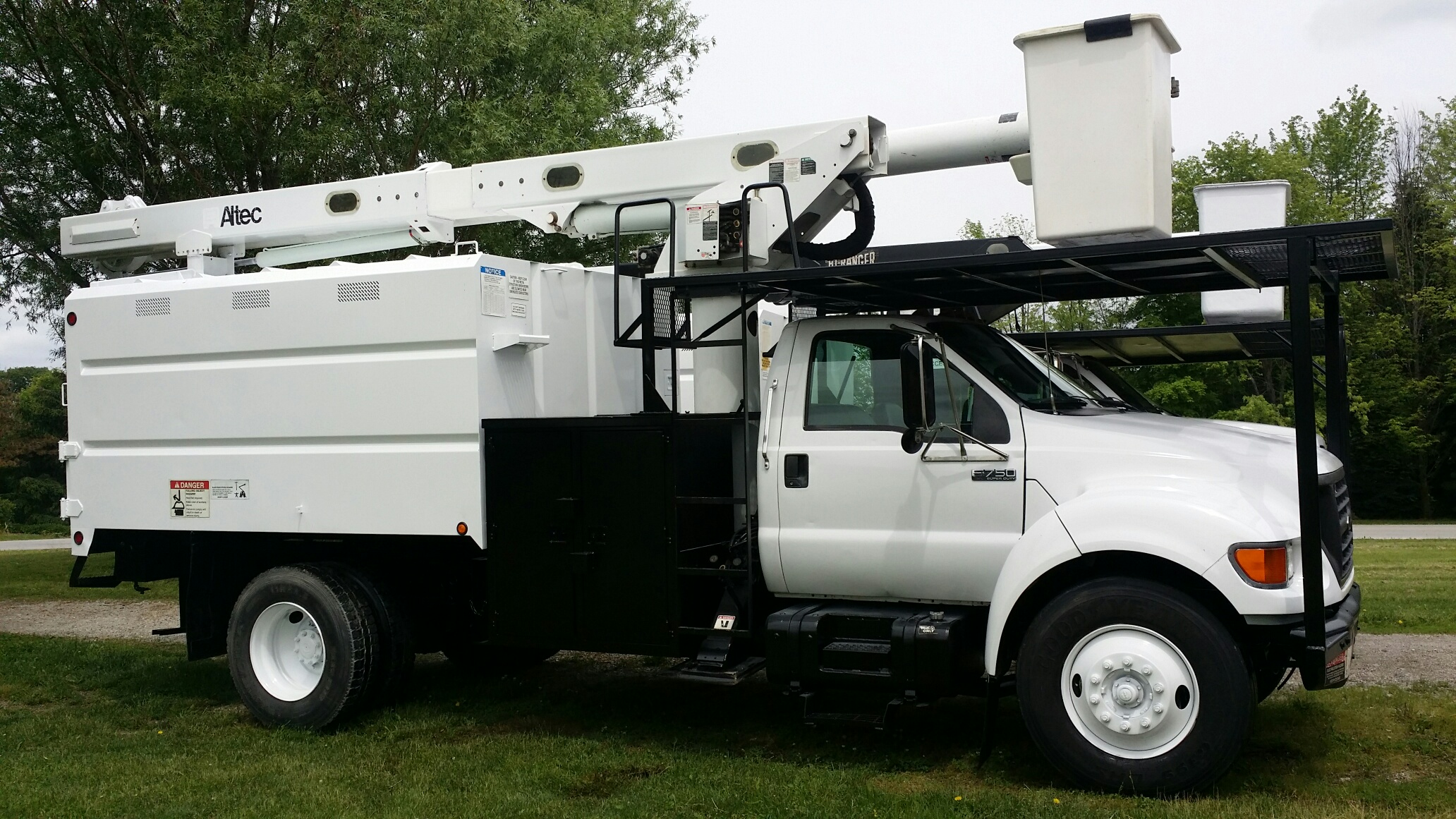Service Bucket Trucks For Sale: Your Comprehensive Guide to Reaching New Heights types.truckstrend.com
In countless industries, from utility maintenance and telecommunications to tree care and signage installation, the ability to safely and efficiently access elevated work areas is paramount. This critical need is precisely what service bucket trucks, also known as aerial work platforms, boom trucks, or cherry pickers, fulfill. These specialized vehicles combine the mobility of a truck chassis with the impressive reach and stability of an articulated or telescopic boom, culminating in a robust platform designed to lift workers and their tools to significant heights.
For businesses looking to expand their capabilities, enhance worker safety, or simply replace aging fleet vehicles, the market for service bucket trucks for sale offers a vast array of options. Understanding the nuances of these machines, their types, features, and the purchasing process is crucial for making an informed investment that truly elevates your operations. This comprehensive guide will navigate the landscape of service bucket trucks for sale, offering insights and practical advice to help you find the perfect fit for your needs.
Service Bucket Trucks For Sale: Your Comprehensive Guide to Reaching New Heights
What Are Service Bucket Trucks and Why Are They Essential?
At its core, a service bucket truck is a vehicle equipped with a hydraulically operated boom that terminates in a work platform or "bucket." This bucket is designed to safely hold one or more workers along with their necessary tools, allowing them to perform tasks at heights that would otherwise be dangerous or impossible to reach with ladders or scaffolding.
The typical components of a service bucket truck include:
- Chassis: The foundation, usually a heavy-duty commercial truck, providing mobility and stability.
- Boom: The extendable and/or articulating arm that lifts the bucket.
- Bucket/Platform: The insulated or non-insulated platform where workers stand.
- Outriggers/Stabilizers: Hydraulic legs that extend from the truck to provide a stable base during operation, preventing tipping.
- Control Systems: Located both at the ground level (lower controls) and within the bucket (upper controls) for precise movement.
- Hydraulic System: The power source for boom extension, articulation, and outrigger deployment.

Service bucket trucks are indispensable because they offer:
- Enhanced Safety: Significantly reduces the risk of falls compared to ladders or scaffolding by providing a stable, enclosed work area.
- Increased Efficiency: Allows workers to quickly position themselves at the exact height and angle needed, reducing setup time and increasing productivity.
- Versatility: Capable of performing a wide range of tasks across diverse environments.
- Access: Can reach areas over obstacles or uneven terrain where other access methods might fail.


Key industries that heavily rely on service bucket trucks include:
- Utilities: Electrical grid maintenance, power line repair, street light servicing.
- Telecommunications: Installing and maintaining fiber optics and communication lines.
- Tree Care: Pruning, trimming, and removal of trees, especially near power lines.
- Construction: High-rise building maintenance, facade work, structural inspections.
- Signage & Lighting: Installation and repair of billboards, streetlights, and commercial signs.
- Municipal Services: Traffic light maintenance, park services.
Types of Service Bucket Trucks Available
The market offers various configurations of bucket trucks, each designed for specific operational needs and environments:
- Articulating Boom Trucks: These booms feature one or more "knuckle" joints, allowing them to bend and articulate. This design is excellent for reaching up and over obstacles (like buildings or trees) and navigating tight spaces. They offer superb maneuverability.
- Telescopic Boom Trucks: Characterized by a straight boom that extends outwards telescopically, similar to a telescope. They provide excellent horizontal reach and higher vertical reach compared to articulating booms, making them ideal for tasks requiring direct access from a distance, such as line work.
- Telescopic Articulating Boom Trucks (Knuckle Booms with Telescope): A hybrid design that combines the flexibility of an articulating boom with the extended reach of a telescopic section. This offers the best of both worlds, providing impressive reach and the ability to navigate around obstacles.
- Insulated vs. Non-Insulated Bucket Trucks:
- Insulated (Dielectric) Trucks: Essential for working near live electrical lines. These trucks feature a fiberglass boom section designed to prevent electrical current from passing through the boom to the chassis and ground, protecting the operator. They are rated by voltage categories (e.g., CAT A, B, C).
- Non-Insulated Trucks: Suitable for tasks where there is no risk of electrical contact, such as tree trimming away from power lines, sign installation, or general construction. They typically have steel booms.
Key Factors to Consider When Buying a Service Bucket Truck
Purchasing a service bucket truck is a significant investment. Careful consideration of several factors will ensure you select a vehicle that meets your operational requirements and budget:
- Reach and Working Height: Determine the maximum vertical and horizontal reach you regularly need. This is the most fundamental specification.
- Bucket Capacity: Consider the combined weight of the workers, their tools, and any materials they will be lifting. Buckets typically range from 300 lbs to 700 lbs or more.
- Insulation Rating (if applicable): If you’ll be working near power lines, ensure the truck has the appropriate dielectric rating (e.g., ANSI A92.2 Category A, B, or C).
- Chassis GVWR and Payload: The Gross Vehicle Weight Rating (GVWR) of the truck chassis must be sufficient to safely carry the weight of the boom, bucket, outriggers, and any additional equipment or personnel.
- Boom Rotation and Articulation: How much rotation (e.g., 360 continuous) and articulation (for articulating booms) do you need for optimal maneuverability on your job sites?
- Outrigger System: Assess the stability provided by the outriggers. Some trucks have H-style, A-style, or straight-down outriggers, impacting the setup footprint.
- Controls: Look for intuitive upper and lower controls, emergency stop buttons, and clear labeling.
- Maintenance History and Inspection (for used trucks): A thorough service record is vital for used vehicles.
- Safety Features: Ensure the truck has essential safety features like interlocks (preventing boom operation without outriggers), fall arrest attachment points, warning systems, and non-slip surfaces.
- Budget: New trucks offer warranties and the latest technology but come at a premium. Used trucks can be cost-effective but require more diligent inspection.
The Benefits of Investing in a Service Bucket Truck
The advantages of owning a service bucket truck extend beyond mere access:
- Enhanced Safety: By providing a stable, secure platform, bucket trucks dramatically reduce the risk of falls and other ladder-related injuries, protecting your most valuable asset: your employees.
- Increased Efficiency and Productivity: Workers can reach work areas faster, perform tasks more comfortably, and carry necessary tools and materials directly to the work site, leading to quicker project completion times.
- Versatility: A single bucket truck can be utilized for a wide array of tasks across various industries, making it a highly adaptable asset for businesses with diverse service offerings.
- Professional Image: Operating modern, well-maintained equipment projects professionalism and reliability, enhancing your company’s reputation and attracting more clients.
- Long-Term Cost-Effectiveness: While the initial investment can be substantial, owning a bucket truck eliminates the need for repeated equipment rentals, reduces labor costs due to increased efficiency, and can last for many years with proper maintenance, offering significant long-term savings.
Where to Find Service Bucket Trucks For Sale
The market for service bucket trucks is diverse, offering several avenues for potential buyers:
- Authorized Dealerships: For new trucks, going directly to an authorized dealer of brands like Altec, Terex, Versalift, or Elliott ensures you get a factory warranty, financing options, and access to genuine parts and service. Many also sell certified used trucks.
- Specialized Equipment Dealers: Numerous dealerships specialize specifically in selling and servicing aerial lift equipment, including a wide range of new and used bucket trucks from various manufacturers.
- Online Marketplaces: Websites like TruckPaper.com, CommercialTruckTrader.com, MyLittleSalesman.com, and eBay Motors list thousands of new and used bucket trucks from private sellers and dealers nationwide.
- Equipment Auctions: Industrial auction houses (e.g., Ritchie Bros. Auctioneers, IronPlanet) frequently have large inventories of used utility and construction equipment, including bucket trucks. This can be a source for good deals, but "buyer beware" rules apply.
- Direct from Companies: Utility companies, large contractors, or municipalities often sell off parts of their fleet when upgrading or downsizing. These sales might be advertised locally or through specialized brokers.
- Manufacturer Websites: Reputable manufacturers often list new and sometimes certified pre-owned trucks directly on their corporate websites.
Important Considerations for Used Service Bucket Trucks
The allure of a lower price tag for a used bucket truck is strong, but it comes with a heightened need for due diligence. A thorough inspection is paramount:
- Pre-Purchase Inspection (PPI): Never buy a used bucket truck without a comprehensive inspection by a qualified, independent mechanic specializing in heavy equipment or aerial lifts. This is non-negotiable.
- Boom Inspection: Look for signs of stress, cracks, welds, leaks, or rust on the boom structure. Pay close attention to pivot points, pins, and bushings for excessive wear.
- Hydraulic System: Check all hoses, cylinders, and pumps for leaks. Test the responsiveness of the hydraulic controls.
- Electrical System: Verify that all controls (upper and lower), lights, safety interlocks, and warning systems are fully functional.
- Chassis Condition: Inspect the truck’s frame for cracks or rust, and assess the engine, transmission, brakes, and tires.
- Maintenance Records: Request detailed service and inspection records. Regular professional maintenance is a strong indicator of a well-cared-for machine.
- ANSI/OSHA Compliance: Ensure the truck meets current ANSI A92.2 (or equivalent) and OSHA standards for aerial work platforms. An up-to-date annual inspection certificate is a good sign.
- Dielectric Testing (for insulated trucks): Verify that the truck’s insulation has been regularly tested and is current.
Practical Advice and Actionable Insights
- Define Your Needs Precisely: Before you start looking, clearly outline the types of jobs you’ll be doing, the maximum heights/reaches required, and any specific environmental challenges.
- Set a Realistic Budget: Factor in not just the purchase price but also potential financing costs, transportation, insurance, initial maintenance, and required operator training.
- Prioritize Safety: Never compromise on safety features. Ensure the truck meets all relevant safety standards and has been properly inspected.
- Test Drive and Operate: If possible, always test drive the truck and operate the boom yourself (or have a qualified operator do so) to assess its functionality and any quirks.
- Consider Total Cost of Ownership (TCO): Look beyond the sticker price. Factor in fuel consumption, ongoing maintenance, parts availability, and potential downtime.
- Invest in Training: Proper operator training is crucial for safety and efficiency. Ensure your team is certified and understands the specific model they’ll be operating.
Concluding Summary
Service bucket trucks are vital assets for businesses that operate at height, offering unparalleled safety, efficiency, and versatility. Whether you opt for a brand-new model with the latest features or a well-maintained used truck, the decision to invest in a bucket truck can significantly enhance your operational capabilities and bottom line. By thoroughly understanding the types available, meticulously evaluating key specifications, and conducting diligent inspections, especially for used equipment, you can make an informed purchase that empowers your team to reach new heights safely and productively for years to come.
Service Bucket Trucks For Sale: Estimated Price Guide
Please note: Prices are highly variable based on year, make, model, boom type, reach, bucket capacity, chassis condition, mileage, and specific features. These are estimated ranges and should be used as a general guide.
| Type of Bucket Truck | New Price Range (USD) | Used Price Range (USD) | Key Features / Capacity (Typical) |
|---|---|---|---|
| Small Non-Insulated (e.g., Ford F-550 Chassis) | $90,000 – $150,000 | $30,000 – $80,000 | Articulating or Telescopic, 30-45 ft working height, 300-400 lbs bucket capacity. Ideal for signs, lights, tree trimming (non-electrical). |
| Medium Non-Insulated (e.g., Freightliner M2) | $150,000 – $250,000 | $50,000 – $120,000 | Telescopic or Articulating, 45-65 ft working height, 350-500 lbs bucket capacity. Versatile for general construction, larger tree work, municipal services. |
| Large Non-Insulated (Heavy-Duty Chassis) | $250,000 – $400,000+ | $100,000 – $250,000+ | Telescopic or Telescopic-Articulating, 65-100+ ft working height, 500-700+ lbs bucket capacity. For heavy construction, major tree removal, specialized high-reach tasks. |
| Small Insulated (Cat C, e.g., Ford F-550) | $130,000 – $220,000 | $50,000 – $110,000 | Articulating or Telescopic, 35-50 ft working height, 300-400 lbs capacity. Cat C (up to 46kV) insulation. Essential for telecom, street light repair near power lines. |
| Medium Insulated (Cat B, e.g., Freightliner) | $220,000 – $350,000 | $80,000 – $180,000 | Telescopic or Telescopic-Articulating, 50-70 ft working height, 400-600 lbs capacity. Cat B (up to 69kV) insulation. Standard for utility line work, power distribution. |
| Large Insulated (Cat A/B, Heavy-Duty) | $350,000 – $600,000+ | $150,000 – $350,000+ | Telescopic-Articulating, 70-100+ ft working height, 500-700+ lbs capacity. Cat A/B (up to 500kV) insulation. For high-voltage transmission line work, specialized utility applications. |
| Track-Mounted Bucket Trucks (Various Sizes) | $180,000 – $500,000+ (New) | $70,000 – $250,000+ (Used) | Similar boom specs but mounted on a track chassis for extreme off-road or soft-terrain access. Highly specialized, often insulated. |
Frequently Asked Questions (FAQ) about Service Bucket Trucks For Sale
Q1: What is the average lifespan of a service bucket truck?
A1: With proper maintenance and regular inspections, a service bucket truck can last anywhere from 15 to 25 years or even longer. The lifespan is heavily dependent on usage, operating conditions, and the quality of maintenance. The chassis, boom, and hydraulic systems all contribute to the overall longevity.
Q2: Do I need a special license to operate a bucket truck?
A2: In most jurisdictions, operating a bucket truck requires a Commercial Driver’s License (CDL) if the vehicle’s Gross Vehicle Weight Rating (GVWR) exceeds 26,001 lbs, or if it’s equipped with air brakes. Beyond the CDL, operators must also receive specific training and certification on the safe operation of aerial work platforms (as mandated by OSHA and ANSI standards).
Q3: How often should a bucket truck be inspected?
A3: Bucket trucks require regular inspections:
- Daily Pre-Operation Checks: Before each use, operators should perform visual and functional checks.
- Frequent Inspections: Every 3 months or 150 hours of operation (whichever comes first), a qualified person should conduct a more thorough inspection.
- Annual Inspections: A comprehensive annual inspection by a qualified person, often a certified aerial lift technician, is mandatory according to ANSI A92.2 standards. This typically includes dielectric testing for insulated units.
Q4: What’s the difference between an insulated and non-insulated bucket truck?
A4: An insulated bucket truck has a dielectric (non-conductive) section in its boom, usually made of fiberglass, designed to protect the operator from electrical current when working near live power lines. They are rated for specific voltage levels (e.g., Cat C for up to 46kV). A non-insulated truck does not have this protection and is only suitable for work where there is no risk of electrical contact.
Q5: Can I convert a regular truck into a bucket truck?
A5: No, it is generally not advisable or practical to convert a regular truck into a bucket truck. Bucket trucks are purpose-built vehicles with reinforced frames, specialized suspension, and integrated hydraulic systems designed to handle the stresses and weight of the boom and bucket. Attempting a conversion would be extremely complex, expensive, unsafe, and unlikely to meet regulatory standards. It’s always best to purchase a factory-designed or professionally converted unit.
Q6: What are the main safety regulations for bucket trucks?
A6: The primary safety regulations for bucket trucks in the United States are set by the Occupational Safety and Health Administration (OSHA) under 29 CFR 1926.453 (Aerial Lifts) and the American National Standards Institute (ANSI) in ANSI A92.2 (Vehicle-Mounted Elevating and Rotating Aerial Devices). These regulations cover operator training, daily inspections, annual inspections, proper use, stability, fall protection, and electrical safety, among other aspects. Adherence to these standards is crucial for preventing accidents and ensuring compliance.
